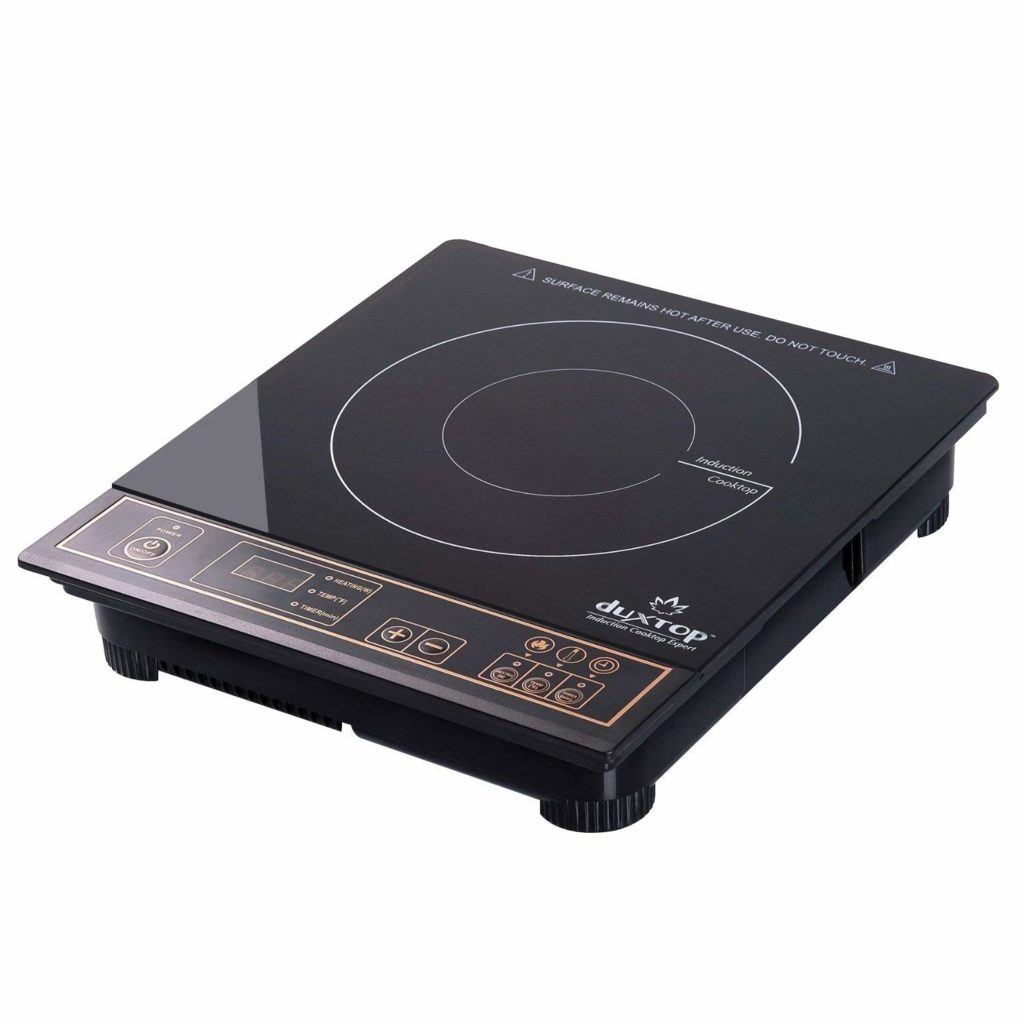
If you’re looking for a new way to cook stove top meals, you may want to consider induction stove tops. Of course, there are pros and cons to any type of cooking tool, but the benefits of induction-style stove tops will take your cooking experience to a higher level.
What are induction stoves?
To understand the benefits of induction versus electric stove tops, it’s first helpful to know what an induction stove top is. The truth is that it’s pretty much the same thing as an electric stove top, but induction varieties use electromagnetic heat, meaning they heat only the cookware without giving off radiant heat. This method is just as effective as any other, but there are distinct benefits to the electromagnetic heating method.
Why is electromagnetic heat better?
For one thing, you’re far less likely to get burned by radiant heat on an induction stove. That’s because they use special cookware that activate the electromagnetic technology. Most ordinary pots and pans won’t work, which can make it a pain since you have to buy compatible cookware for your induction stove, but the kicker is that the burners turn off automatically when you take the pot off. This type of cookware is called “induction-capable” and is clearly labeled on compatible pots and pans for induction systems.
Are they safe?
There’s also a safety feature built into the stove that prevents burners from heating up if there’s no pot on it. For example, if you turn the wrong burner on, you don’t have to worry about starting a fire or burning yourself by accident. Electromagnetic burners also don’t give off as much heat as electric stoves do, at least not in other places than the flat surface of the burner where it heats up due to transfer of heat from the pot or pan itself. Burns from radiant heat from stove elements can and do happen, so having an induction stove top means there’s less chance of that happening.
Rather than be less powerful, induction stoves heat water much quicker than electric stoves. You can reduce your cook time by two to four minutes with induction technology. A word of caution: although induction cook tops don’t give off radiant heat, the surface can still become quite hot when you use several induction-capable pots or pans at once. Using one or two pots at once doesn’t cause much residual heat, however, and proper safety in the kitchen will make cooking a breeze.
Are there any downsides?
As mentioned earlier, you may have to purchase new pots and pans which will add an extra initial expense. For some people, this extra expense is enough to dissuade them.
Another consideration is that digital thermometers have been known to glitch because of the electromagnetic properties. But other than that, it’s smooth sailing. Manufacturers are now putting flame indicators on the burner pads so it’s easy to know when a burner is on, but the automatic safety feature already takes care of this. Other than the gentle (sometimes annoying) hum known to accompany higher temperatures, induction stove tops are efficient and effective stove tops to have in your kitchen.
Stand-alone induction burners can augment your current cooking area
If you are still uncertain about whether you want to make the transition to an induction stove, a great way to try out the technology is by purchasing a single stand-alone burner. Because induction heating is electric, you can simply place the induction burner on your counter and plug it in to an outlet. Not only will this let you experience induction cooking, it also gives you an extra burner to use when needed. When entertaining or during busy times of the year, this can provide a handy extra cooking surface to ease the strain.
Article courtesy of Cory Smith who writes for KiBazine where you can find kitchen and bath related information.
Hi, I’m so happy to read this article on your site. I have learned some tips for induction stoves. Thanks, keep at it.